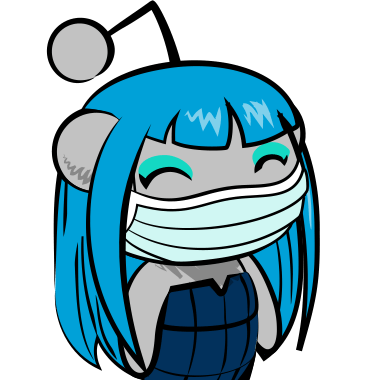Welcome to this overview of the USMLE® exam!
If you need help studying for the USMLE exam or just want some more information about what the test is like, you’ve come to the right place.
How to Register
USMLE Score Reports
Retaking the Exam
What Test-Takers Are Saying
FAQs
Self-Assessment Modules
What’s on the USMLE Exam?
The USMLE exam is split into three “steps”: Step 1, Step 2 CK, and Step 3. You can take Step 1 and Step 2 CK in whichever order you want, but you have to pass both steps before you can take Step 3.
Let’s take a closer look at each step of the USMLE exam:
STEP 1
280 questions | 8 hours
You’ll take this test over the course of eight hours, and the questions are grouped into seven 60-minute blocks.
STEP 2 CK
318 questions | 9 hours
You’ll take this test over the course of nine hours, and the questions are grouped into eight 60-minute blocks.
STEP 3
412 questions | 16 hours
This test is split into two parts, and you’ll take each part on a different day.
The first part of the test contains 232 multiple-choice questions, which are grouped into six 60-minute blocks, and you’ll have 7 hours to complete it.
Part 2: Advanced Clinical Medicine (ACM)
The second part of the test contains 180 multiple-choice questions, which are grouped into six 45-minute blocks, and 13 computer-based case simulations (CCS). Each CCS is timed at 10-20 minutes, and the entire session takes nine hours to complete.
How to Register
To begin the registration process, you’ll need to create an account on the USMLE website. You can use this account to apply for the exam and pay the necessary fees.
Step 2 CK: $670
Step 3: $925
USMLE Score Reports
The scoring system for the USMLE actually differs depending on the specific Step you’re taking. Step 1, which focuses on foundational science knowledge, recently switched to a pass/fail format. You’ll simply find out if your performance met the benchmark for medical school graduation.
For Steps 2 CK (Clinical Knowledge) and 3, results are reported on a three-digit scale from 1 to 300. There’s no strict percentage needed to pass, but generally scoring around 60% correctly lands you in passing territory. The exact passing score can vary slightly between exams. Your score report won’t show a breakdown of your performance by topic, but it will let you know if you passed or failed.
Retaking the Exam
If you didn’t pass the exam on your first try, that’s okay!
You can take each step up to four times total. Take note that you can’t take the same step more than three times in a year.
What Test-Takers Are Saying
Don’t just take our word for it! See what real test-takers are saying about the USMLE:
“In imaging/histology/gross specimen questions, read the entire question and figure out the disease or have a differential. Try to tell yourself what the answer may be before opening and looking at the image given. That way you can narrow down your differential list using help from the image by elimination, instead of using the image as your primary source of information.”

ConsequenceOk6124
“Memorize normal lab values! In practice, do NOT keep going back to the lab sheet to make sure labs are normal. When you have to review 15 lab values in a question stem, you can’t not know the normal vs abnormal. Time is not your friend with this exam, and getting fast at noticing the abnormal labs is huge.”

Global-Astronaut2639
“Definitely memorize the 2×2 table and learn how to manipulate it. As someone pretty good at math, it felt humiliating to memorize a 2×2 table and formulas I could just derive/reason through, but you are gonna get questions testing sensitivity/specificity so you may as well get super accustomed to doing these calculations fast instead of wasting minutes trying to reason through stuff.”

Redpancreas
The Student Doctor Network
FAQs
What is USMLE?
The United States Medical Licensing Examination® (USMLE) is used to achieve medical licensure in the United States.
How many questions are on the USMLE Step 1?
Step 1 contains 280 multiple-choice questions.
How long is the USMLE Step 1?
The first step will take you eight hours to complete.
How long is the USMLE Step 2?
The second step will take you nine hours to complete.
When do you take the USMLE Step 3?
You have to pass the first two steps before you can take the third step.
Self-Assessment Modules
One of the most important parts of preparing for a test is determining which topics you need to brush up on as you study.
To get started with a self-assessment of your knowledge, click on one of the modules below!
Body Systems
Foundational Sciences
Applied Sciences
USMLE and United States Medical Licensing Examination are registered trademarks of National Board of Medical Examiners, which is not affiliated with Mometrix Test Preparation and does not endorse this page.



 USMLE Study Guide
USMLE Study Guide USMLE Flashcards
USMLE Flashcards


